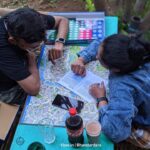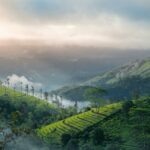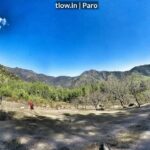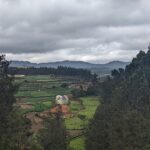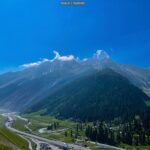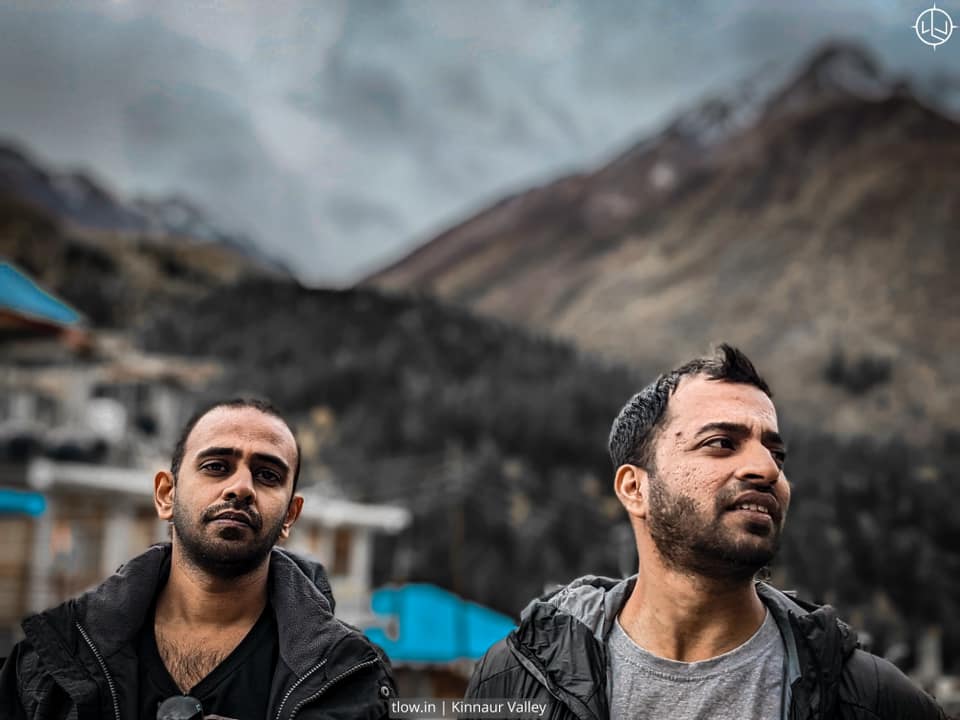
Spiti Valley Winter vs Summer: 6 super points
A road trip to Spiti Valley in both winter and summer seasons offers different experiences and challenges. Here are some differences between the two:
Table of Contents
1. Weather:
In winter, Spiti Valley experiences heavy snowfall and extreme cold temperatures. The temperature can drop below freezing point, making the roads icy and difficult to navigate. In contrast, summer in Spiti Valley is relatively mild, with comfortable temperatures during the day and cool nights.
During the summer months of May to July, the weather in the Valley is relatively pleasant, with temperatures ranging from 10 to 25 degrees Celsius. The days are long, allowing for more time to explore the valley. In contrast, winter in the Valley, from November to February, is harsh and extremely cold, with temperatures dropping as low as -30 degrees Celsius. The days are shorter, limiting the time for outdoor activities.
2. Accessibility in Spiti:
During winter, some of the high mountain passes leading to the Valley (such as Kunzum Pass and Rohtang Pass) are closed due to heavy snowfall, making it difficult to reach the valley by road. On the other hand, during summer, these passes are open, providing easier accessibility to Spiti Valley.
During summer, roads to the Valley are generally open, making it easier to reach the destination. However, some passes might still have snow, limiting access to certain areas. In contrast, in winter, several passes are closed due to heavy snowfall, making it difficult to reach Spiti Valley by road. However, it is possible to reach Spiti Valley via Kinnaur during the winter months.
For the TLOW backpacking experience click on this link
3. Landscapes:
The winter landscape in the Valley is transformed into a pristine winter wonderland, with white landscapes and snow-covered mountains. The barren mountains are blanketed in snow, creating a serene and picturesque scenery. In contrast, summer in Spiti Valley showcases the rugged and rocky landscapes, with fewer snow-covered areas.
The landscape in the Valley undergoes a drastic change between summer and winter. In summer, the valley is lush green with blooming flowers, vibrant meadows, and flowing rivers. The valleys are filled with a variety of flora and fauna, making it a paradise for nature lovers. In winter, the valley is covered in a thick layer of snow, offering breathtaking views of snow-clad mountains, frozen rivers, and an overall winter wonderland.
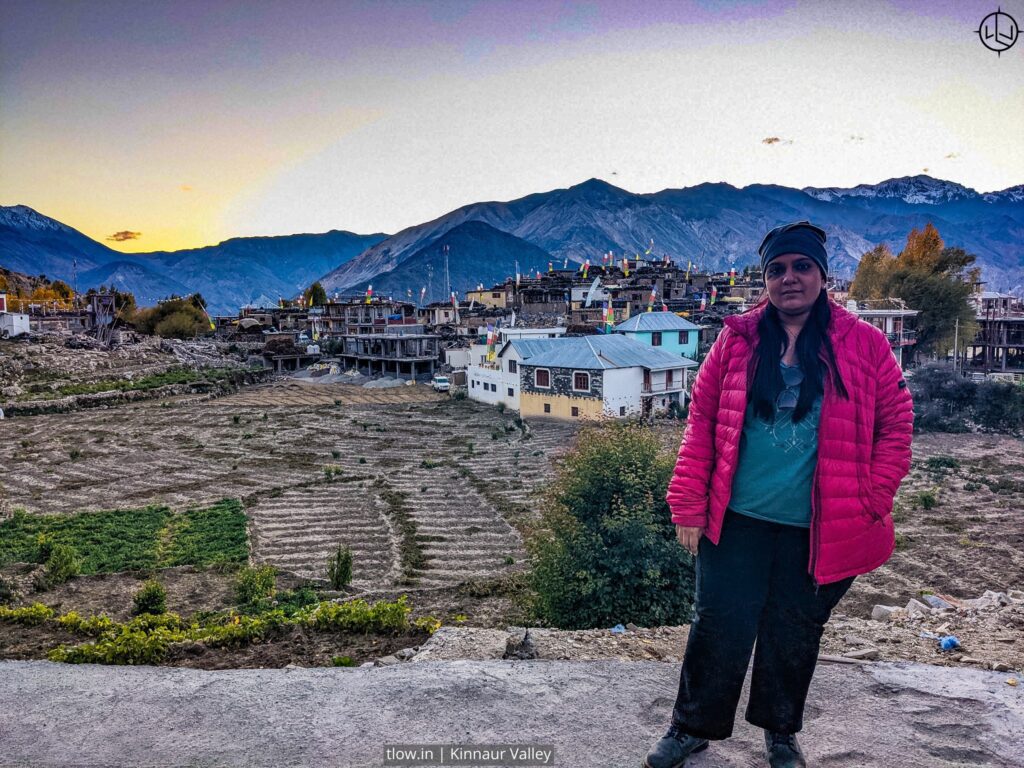
4. Activities:
In winter, activities like snowboarding, skiing, and snowshoeing can be enjoyed in Spiti Valley. Some travelers also visit during winter to witness the famous Spiti Winter Carnival. In summer, activities like trekking, camping, and motorbiking are popular. The vibrant colors of the valley, wildflowers, and lush green fields make it ideal for outdoor adventures.
A summer trip to Spiti Valley offers a wide range of activities such as trekking, camping, mountain biking, motorbiking, and photography. The warm weather allows for comfortable outdoor activities and exploration. In contrast, during winter, activities are limited due to the extreme cold. However, winter enthusiasts can enjoy activities like skiing, snowboarding, and ice skating.
5. Tourist Crowd:
Winter is considered the off-season in Spiti Valley, meaning fewer tourists visit during this time. This can make it a more secluded and peaceful experience for those seeking solitude. In contrast, summer is the peak tourist season, and the valley can be crowded with tourists.
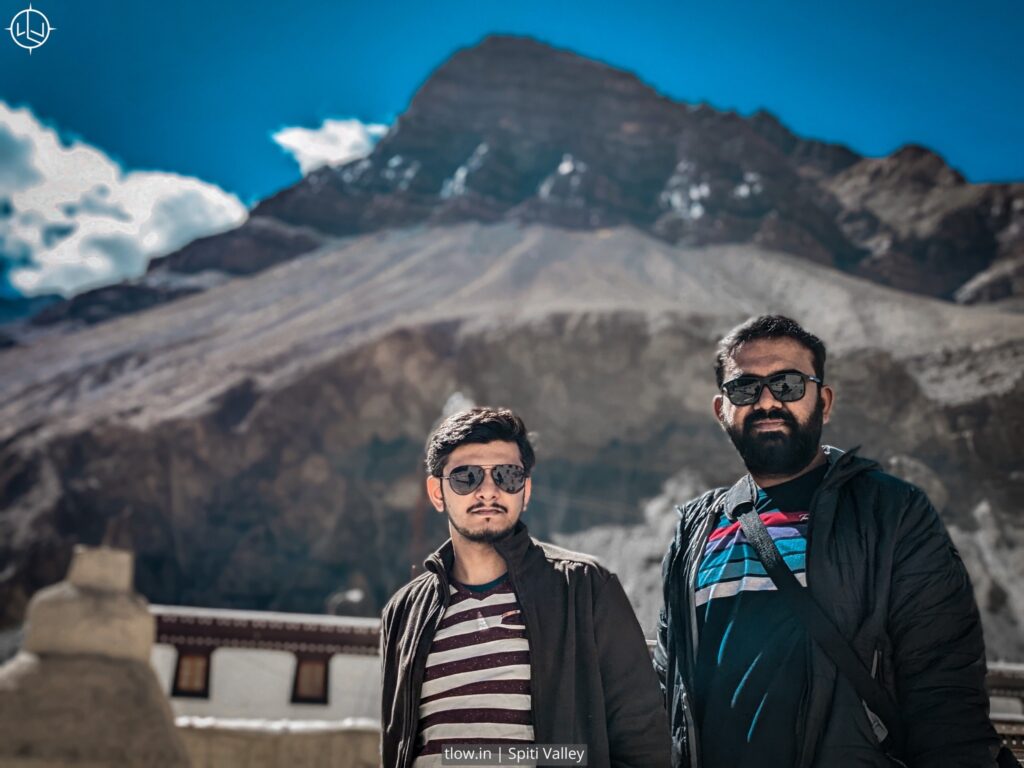
Summer is the peak tourist season in Spiti Valley, and hence, it can get quite crowded, especially in popular tourist spots like Key Monastery and Chandratal Lake. In contrast, winter sees far fewer tourists, giving a more serene and peaceful experience.
6. Accommodation and Facilities:
During summer, accommodation options in Spiti Valley, such as guesthouses and homestays, are more readily available. Basic facilities like electricity and running water are also more reliable during this time. In winter, due to the extreme temperatures, limited accommodation options are available, and facilities may be more basic or not easily accessible.
Both summer and winter trips to Spiti Valley have their own charm and offer unique experiences. It ultimately depends on personal preferences, whether you enjoy warmer weather and vibrant landscapes or cold weather and a serene atmosphere.
It is important to note that road conditions can be unpredictable and challenging in both seasons, especially during winter. It is advisable to check weather and road conditions, carry necessary supplies, and have a well-maintained vehicle or reliable transport service when planning a road trip to Spiti Valley.



